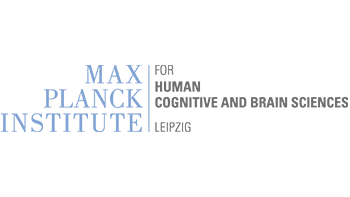Sleep is essential for life and good health. Patients with REM sleep behavior disorder (RBD) will often develop Parkinson’s disease (PD) within few years. Our previous studies (conducted in the first ReTune funding period) revealed that the basal ganglia have a critical role in developing PD sleep disorders.
In the second funding period we aim at the restoration of normal sleep architecture of non-human primates with RBD by circadian, frequency, and phase-specific closed-loop Deep Brain stimulation (clDBS). We hope to show that clDBS would slow (stop) the progression of sleep disorders and Parkinson’s disease.
Team
Publications
Pathological pallidal beta activity in Parkinson’s disease is sustained during sleep and associated with sleep disturbance.
- Prof. Andrea Kühn
- Prof. Hagai Bergman
- Prof. Julian Neumann
Dichotomous activity and function of neurons with low- and high-frequency discharge in the external globus pallidus of non-human primates.
- Prof. Hagai Bergman
Entrainment to sleep spindles reflects dissociable patterns of connectivity between cortex and basal ganglia
- Prof. Hagai Bergman
Spontaneous pauses in firing of external pallidum neurons are associated with exploratory behavior
- Prof. Hagai Bergman
Etiologies of insomnia in Parkinson’s disease – Lessons from human studies and animal models.
- Dr. Lucia Feldmann
- Prof. Hagai Bergman
- Prof. Andrea Kühn
Modulation of dopamine tone induces frequency shifts in cortico-basal ganglia beta oscillations.
- Prof. Hagai Bergman
Deep Brain Stimulation Can Differentiate Subregions of the Human Subthalamic Nucleus Area by EEG Biomarkers.
- Prof. Hagai Bergman
Toward asleep DBS: cortico-basal ganglia spectral and coherence activity during interleaved propofol/ketamine sedation mimics NREM/REM sleep activity.
- Dr. Jing Guang
- Prof. Hagai Bergman












